Goth Chick News: 13 Questions for Catherine Mary Stewart
 The gentlemen staff of Black Gate tirelessly seeks out ways to entertain you. There have been cross-country zeppelin rides and waist-high stacks of manuscripts to pour over, seeking only the crème de la crème of stories to tell and the most interesting tidbits to pass along. The boys often go for days without showering, living only on beer and pizza while spending countless, sleepless hours reading the latest comics or playing the latest video games; all for your enjoyment and approval. During these marathon sessions of creativity, toilet sets are left up and the communal fridge sprouts intricate science experiments, which I am sure have some unobvious value.
The gentlemen staff of Black Gate tirelessly seeks out ways to entertain you. There have been cross-country zeppelin rides and waist-high stacks of manuscripts to pour over, seeking only the crème de la crème of stories to tell and the most interesting tidbits to pass along. The boys often go for days without showering, living only on beer and pizza while spending countless, sleepless hours reading the latest comics or playing the latest video games; all for your enjoyment and approval. During these marathon sessions of creativity, toilet sets are left up and the communal fridge sprouts intricate science experiments, which I am sure have some unobvious value.
It’s exhausting to watch, really.
But here in the underground bunker of Goth Chick News, we’re generally just concerned with the tequila supply and whether plugging in the blender while five Xboxes are going upstairs will cause a breaker to trip.
That is, until two weeks ago.
It was then that I brought you a collection of favorite scary movies from the 80’s, gleaned from an outwardly cool-looking, mixed group of New Years Eve revelers; with a goal to either remind you of a picture you’d forgotten, or tempt you into something classic that you may never have heard of.
As it turns out, plenty of you have heard of Catherine Mary Stewart.
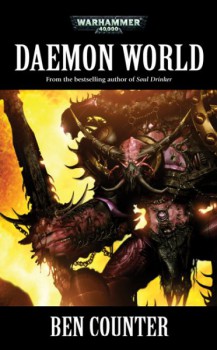 Daemon World
Daemon World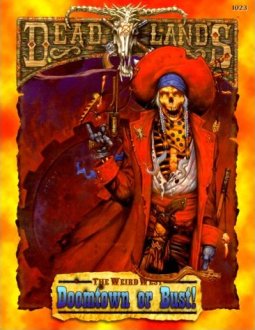
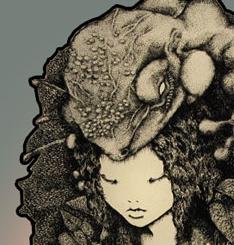
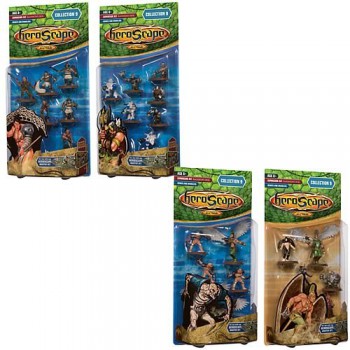
 I always write with music playing. That’s not much of an admission. A few writers prefer to work in silence, but most that I have talked to say that they need to have music in the background while they work at their keyboards or notebooks. Some writers like to listen with headphones on as an extra seal against the rest of the world, but I only do that if I’m working in a public environment. Otherwise, I let my massively stuffed iPod play through the huge speakers in my apartment to surround me with music as I work.
I always write with music playing. That’s not much of an admission. A few writers prefer to work in silence, but most that I have talked to say that they need to have music in the background while they work at their keyboards or notebooks. Some writers like to listen with headphones on as an extra seal against the rest of the world, but I only do that if I’m working in a public environment. Otherwise, I let my massively stuffed iPod play through the huge speakers in my apartment to surround me with music as I work.

 Pulp Winds
Pulp Winds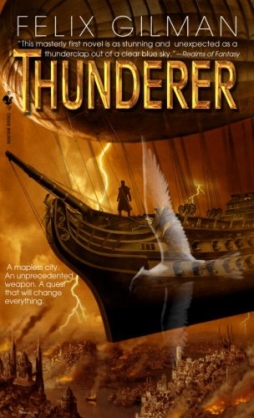 I want to write about the novels of Felix Gilman, who I believe is one of the strongest new novelists in fantasy fiction today. He’s written three books, Thunderer, Gears of the City, and The Half-Made World, all of them accomplished and powerful, fusing imaginative range with a compelling style and real insight into character and voice. I’ve written about Thunderer
I want to write about the novels of Felix Gilman, who I believe is one of the strongest new novelists in fantasy fiction today. He’s written three books, Thunderer, Gears of the City, and The Half-Made World, all of them accomplished and powerful, fusing imaginative range with a compelling style and real insight into character and voice. I’ve written about Thunderer